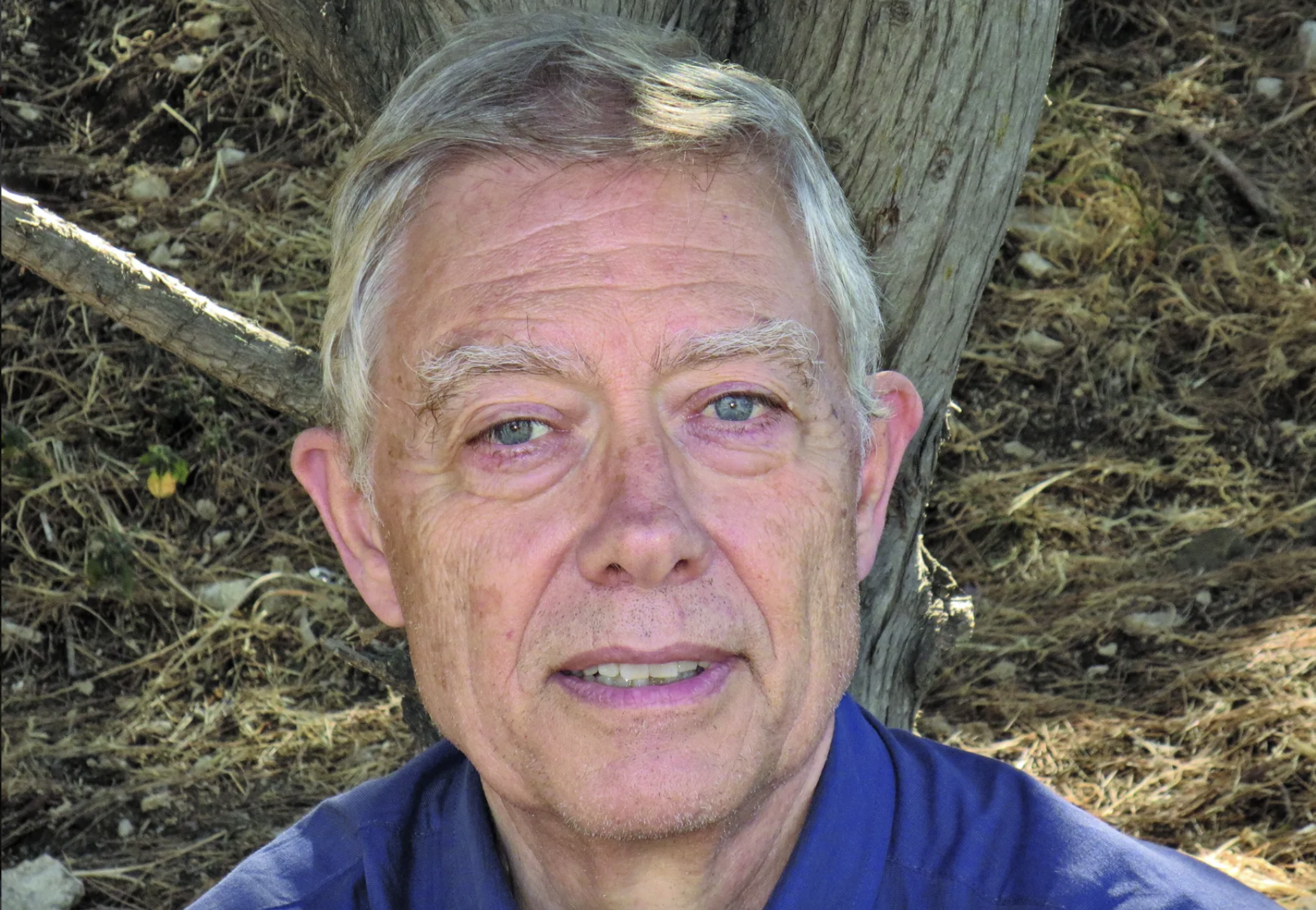Interview
Angelo Tartaglia: We must reconsider Europe’s transport model with ‘real costs’
High-speed rail isn't a cure-all. 'The only criterion being applied right now is price, but that does not include the real costs, such as the environmental impact.'

Unless we get to the root of the problem – that is, unless we re-discuss the model itself – more and more madness is assured: “Since we’ve abandoned the idea of governing traffic flows, the prospect is that of transport congestion in the Alps,” says Angelo Tartaglia, a former professor at the Polytechnic University of Turin and a member of the National Institute of Astrophysics (INAF). For years he has been working on the application of systems logic to transportation problems, with particular focus on the Turin-Lyon high speed railway, for which he is a consultant with the Unione Montana Bassa Valle di Susa.
Professor Tartaglia, trains between Italy and France via Frejus will not run until the summer of 2024. What will that lead to?
In such a situation, if you stop a line – railway and partly highway – you increase the volume of traffic on the roads, worsening conditions in the Alps with serious environmental impacts. However, the flows are not impossible to manage in themselves, as people think, since they are left to be managed by the market.
Before we get deep into the issue, let’s see what we are left with at the moment. What are the remaining rail lines between France and Italy?
For passengers, there is the route via Switzerland from Milan and the route via Ventimiglia, with a likely resumption of air traffic; but for freight, there is only the coastal route from Ventimiglia left. We will see an increase in the flow of trucks, with a congestion in traffic volumes, also given the critical importance of the Brenner, Mont Blanc and Gotthard Alpine crossings.
There will be an increase in air pollution in northern Italy, an area that is already affected. To what extent?
When the rail freight flow, which is a smaller part of the total (3-4 million tons per year on the historic Frejus line), partly due to entrenched political choices, will shift to road traffic, we will see a 10% worsening compared to the initial situation. That’s not so drastic, because most freight already travels by road. The Turin ring road, in one of the most polluted areas in Europe, is clogged up anyway. It’s the biggest source of pollutants and greenhouse gases. They would like to expand it from an infrastructural point of view, but that way only makes the problem worse. There are no miracle solutions, unless we re-discuss the economic and transportation model.
On the “Italy of Yes” tour, Minister Salvini is once again talking about the TAV high speed rail line. Why is this not the cure-all solution it’s touted as?
It’s not, and his position is emblematic. It follows the logic of business: let’s open construction sites, and those who work in construction will make money from it; whether the work is needed or not is something for other people to worry about. It’s the same for the Turin-Lyon super tunnel as for the Messina Strait Bridge. They are denying the global climate emergency. In the context of the European perspectives of reducing emissions, this is all illogical, given that TELT estimates the emissions in the construction phase of the TAV at about 10 million tons of CO2 (a city such as Turin emits 3 million tons per year). Then, the transport of goods won’t just switch from road to rail as if by magic, because competition is based on market conditions. The government should stop giving incentives to road transport, with subsidized rates on fuel and lower highway tolls. Let’s use our inland high-speed rail lines for freight; they are designed to be high capacity, but freight doesn’t run on them.
How can the traffic flows be managed?
By asking ourselves which products should be transported over a long distance. The zero-mile logic minimizes transport, but doesn’t eliminate it. The only criterion being applied right now is price, but that does not include the real costs, such as the environmental impact, which is very high given the succession of extreme events. It’s not about closing borders, but taking into account the real costs.
Originally published at https://ilmanifesto.it/congestione-dellarco-alpino-piu-traffico-e-impatto-ambientale on 2023-10-05
